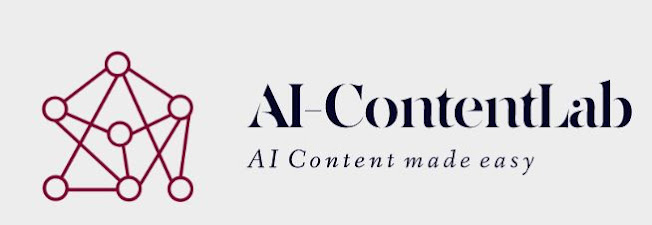Self-training with Noisy Student is a popular semi-supervised learning technique in deep learning that has been shown to significantly improve model performance by using unlabeled data. It is especially useful when labeled data is scarce or expensive to obtain. In this short blog post, we will discuss what self-training with Noisy Student is, how it works, and how to implement it in PyTorch. What is Self-Training with Noisy Student? Self-training with Noisy Student is a semi-supervised learning technique that uses a self-supervised pre-trained model to generate pseudo-labels for unlabeled data, which is then used to fine-tune the model on both labeled and pseudo-labeled data. The idea behind self-training is to leverage the vast amount of unlabeled data that is often readily available to improve the model's performance. The Noisy Student technique is introduced to improve the performance of self-training by adding noise to the self-supervised pre-training process. The noise come
Meta Pseudo Labels (MPL) is a machine learning algorithm that has gained popularity in recent years due to its effectiveness in semi-supervised learning. Semi-supervised learning refers to the task of training a model using both labeled and unlabeled data to improve its accuracy. MPL takes this a step further by using the predictions of a model on unlabeled data to generate "pseudo-labels" and then uses these labels to retrain the model. Pseudo Meta Labels The idea behind MPL is simple: if a model is confident in its predictions on unlabeled data, then those predictions can be used as pseudo-labels to train the model further. The process involves two phases: the first phase trains a model on labeled data, and the second phase uses the trained model to predict labels on unlabeled data, which are then used to retrain the model. The process is repeated until the model converges. One of the key advantages of MPL is its ability to leverage large amounts of unlabeled data, whic
